And the Moon - oh, the Moon!
She shines her silver light down on me.—
Silver Moonlight, a
Caillan folk song
The Moon is a celestial body that orbits
Etrea as its only satellite, rotating slowly on its axis. It is believed by the majority of
astronomers to be made primarily of
rock, though others have put forth arguments for
ice or
crystal. Some
scholars theorise that it was long ago a part of Etrea itself before it broke away in some natural calamity. It is encircled by two overlapping
rings, believed to be comprised of rock and dust. These rings spin in harmony with the Moon itself, but they have been observed to grow and shrink in size over a period of time.
Several distinguishable landmarks, known as
blemishes, have been observed on the surface of the Moon. Although names for these marks differ across cultures, the following are some of the most well-known and widespread:
The Fingers
This blemish looks like a hand reaching across the south half of the Moon. It is visible during spring in the northern hemisphere, and autumn in the south.
The Eye
This blemish looks a lot like an eye that is wide open. It is visible in winter, in the northern hemisphere, and summer in the south.
The Dark Ocean
This blemish spreads across the surface of the Moon like a stain. It is visible in summer in the northern hemisphere, and winter in the south.Timekeeping
Through the observation of the Moon's blemishes, scholars in several countries have realised that the rotation of the Moon closely matches the length of the Etrean
year. That is, certain blemishes are only visible at certain times of year and they are
always visible at that time of year. As several of these blemishes are visible with the naked eye, they have been used as a measure of timekeeping in many countries before it became a scholarly fact.
The Moon is also crucial to timekeeping in other ways. As the moon orbits Etrea, it appears to change shape. This has been theorised by scholars to be caused by light from the
Sun hitting the Moon at different angles. Every twenty-eight days, the Moon changes from appearing full and round to almost disappearing from the
night sky completely.
This phenomenon happens a total of thirteen times over the Etrean year, and many countries split their yearly calendar to tie into these thirteen cycles.

Mythology
The Moon is a constant presence in the night sky of Etrea. Though it is known by many different names, it always serves a bright companion on a dark road or a lonely night. As such, the Moon features prominently in the mythologies and religions of many cultures across Etrea.
In several cultures, the Moon is worshipped as a god or a goddess, or is symbolic of one. For the
Koushan Mai, for example, the Moon represents one of their goddesses,
Kore. Nights when the Moon is full are considered sacred.
Other cultures have different mythology surrounding the Moon unrelated to deities. In the
Jasperic Isles, for example, several tribes believe that the Moon is the eye of a great
shark that swims through the night sky.
On the continent of
Sarsand, there are tales of
men who turn into beasts under the light of the full Moon.
Moonlight
Though many scholars now believe that the Moon reflects the light of the Sun, moonlight has always been believed to have different properties to sunlight. In some places, moonlight is even considered to be magical. Though different cultures have many disparate views on the properties of moonlight, two themes are common: healing and madness
Water collected from a pool touched by moonlight is often an integral part of curing disease in several cultures. In others, some herbs must only be collected under the light of a full moon.
In
Tao,
burials may only take place under a new moon. Moonlight shining down on a burial means that the dead would not sleep easy and may rise.
In many countries across the continent of
Viretia, a pregnant woman who goes out under a full moon is likely to miscarry, or else bring into the world a child prone to madness or seizures.
Eclipses
An eclipse occurs when the Moon crosses in front of the Sun, blocking sunlight from reaching Etrea. In some rare cases, conditions will be precisely right for a total eclipse, where the Moon covers the Sun completely. For a short while, everything on Etrea goes dark. To observers, the Sun appears black, surrounded by a bright halo of light.
In many cultures, an eclipse is a sign of impending disaster or tragedy.
A blood moon is also a kind of eclipse, though it occurs when Etrea passes between the Sun and the Moon, and can only occur when the Moon is full. In this case, the only light reaching the Moon is reflected from Etrea's atmosphere. This gives the Moon a distinctive red colour.
As is the case with an eclipse, a blood moon is considered an ill omen in many cultures.






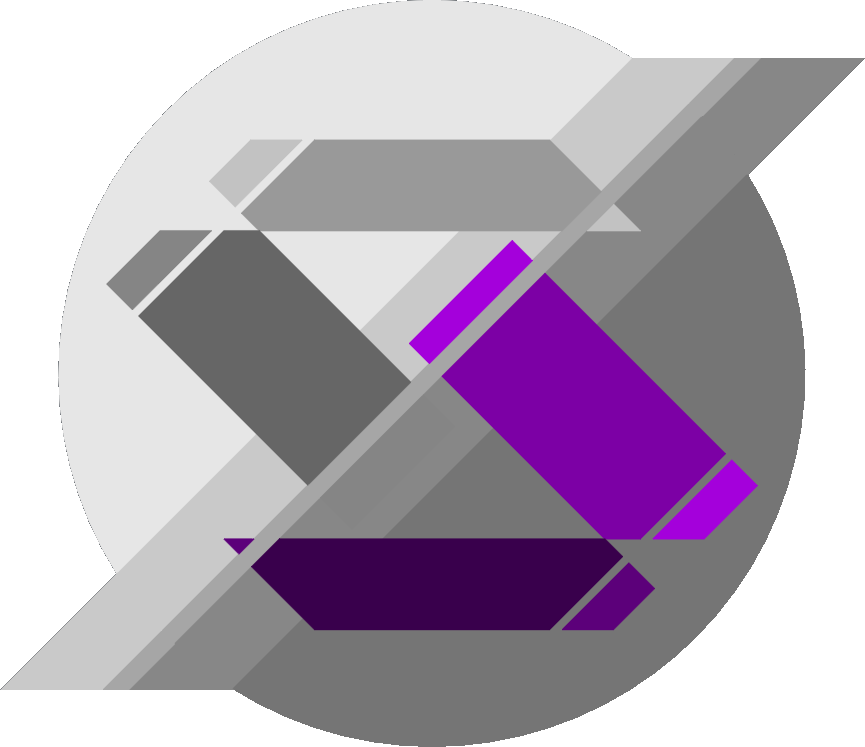

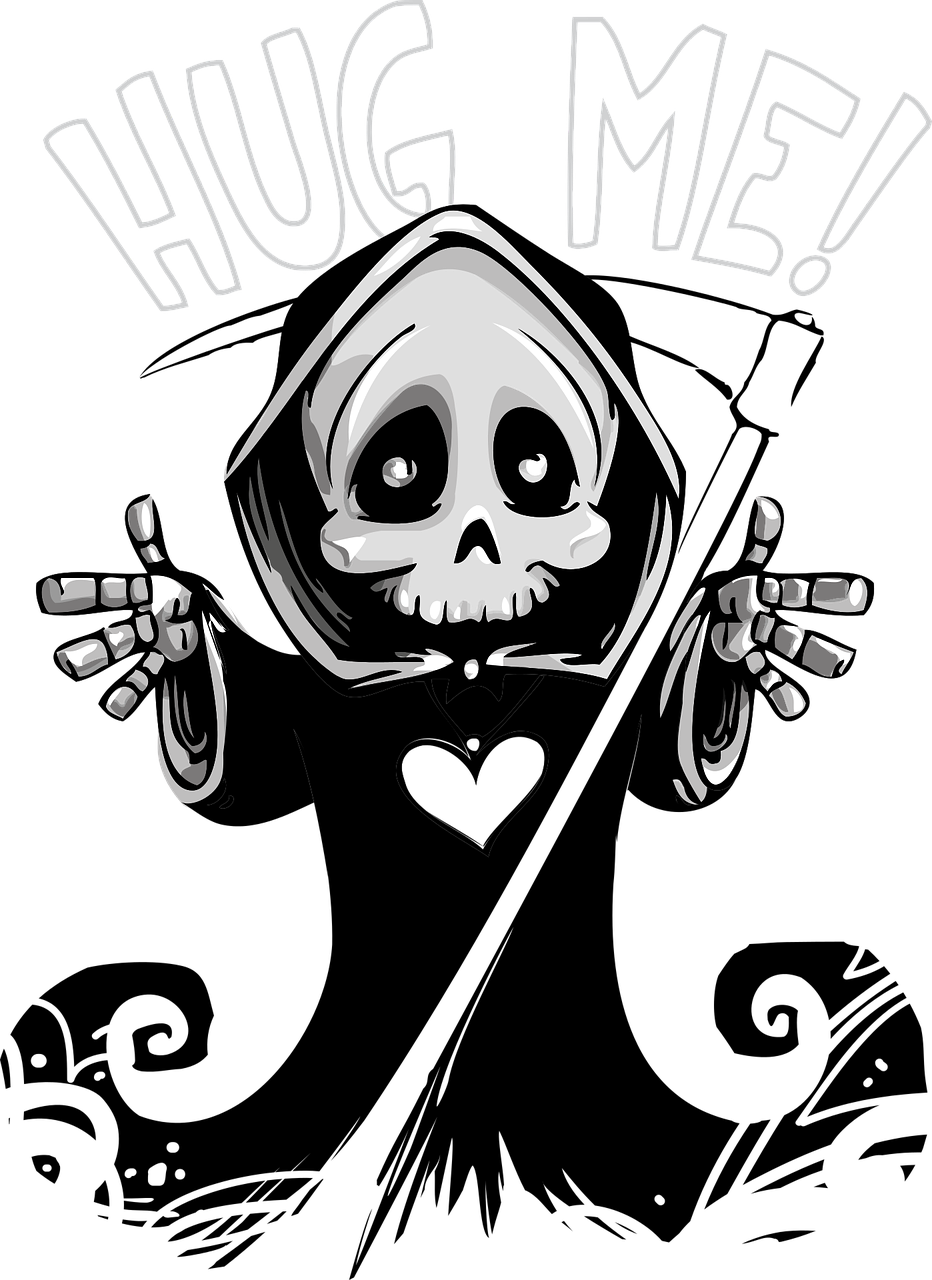
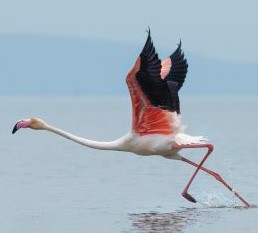

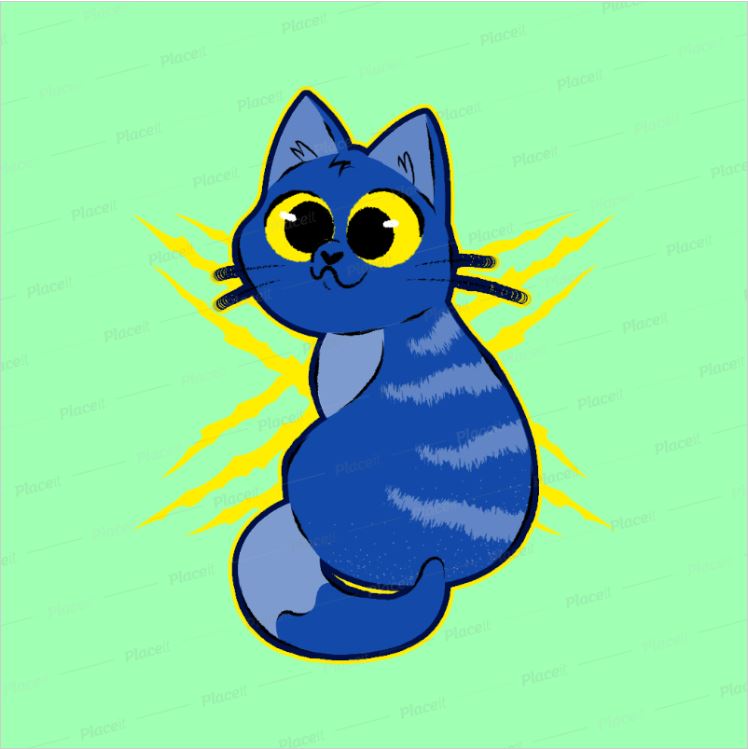
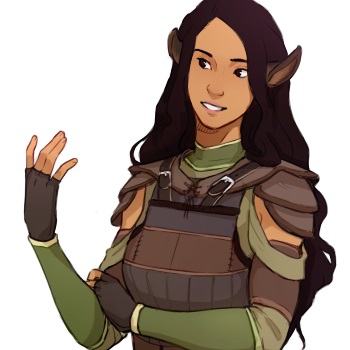
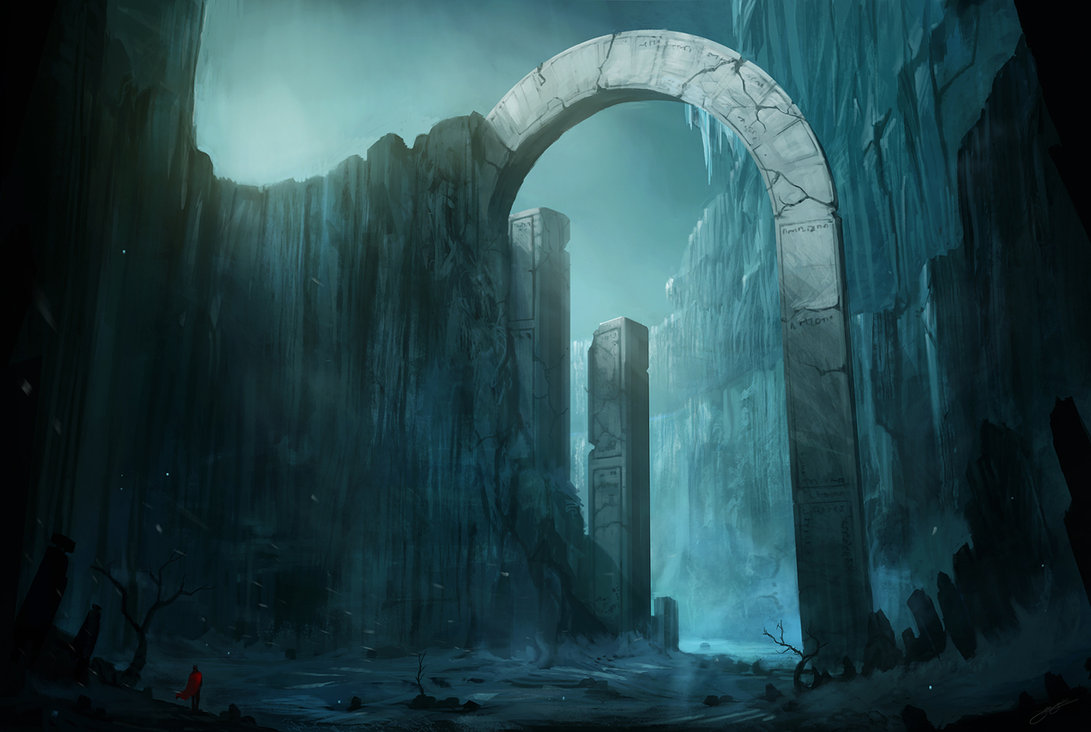

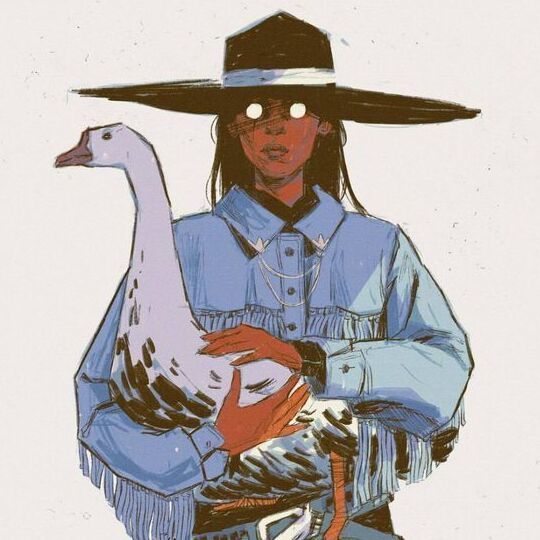
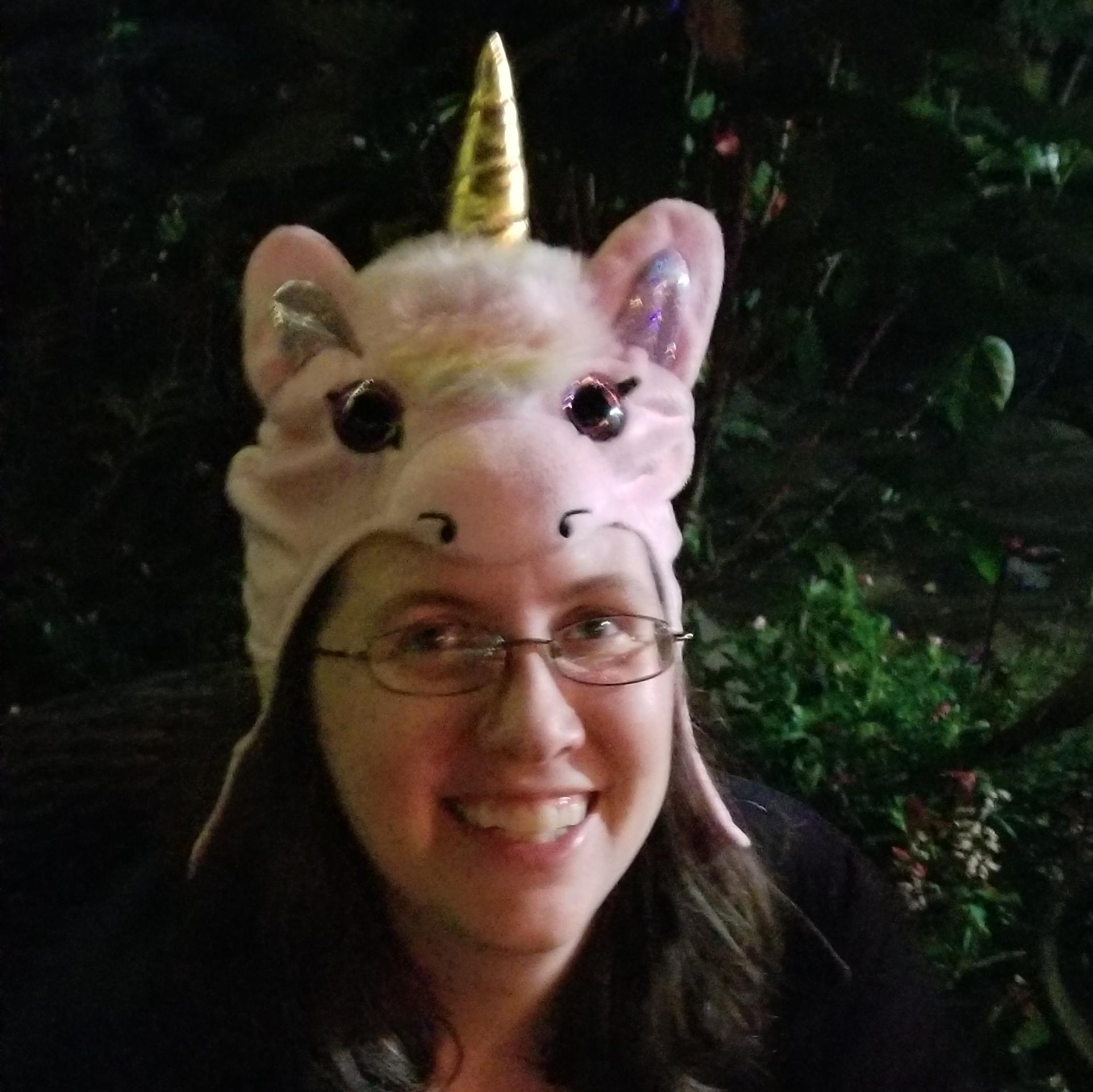
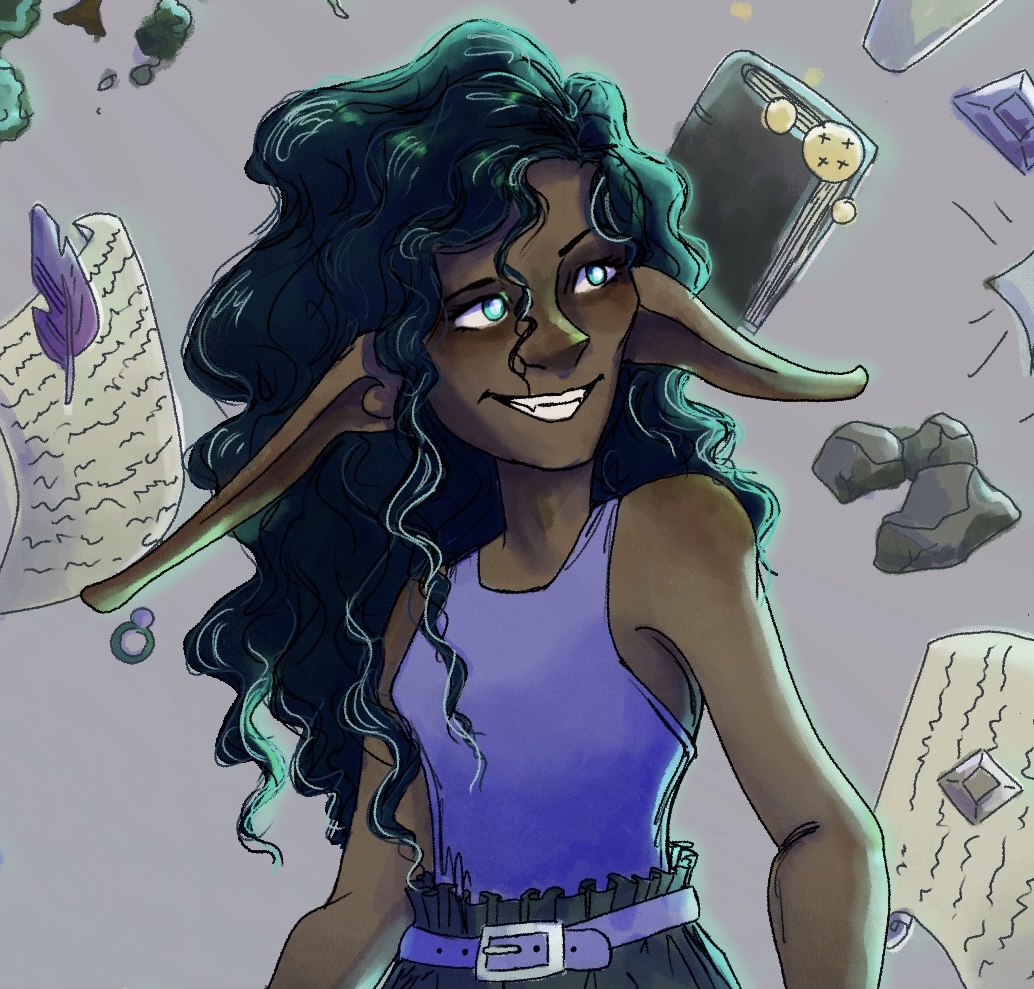
Great part showing how the moon acts as a companion, and your article is set up beautifully!
Thank you so much! :)
Explore Etrea